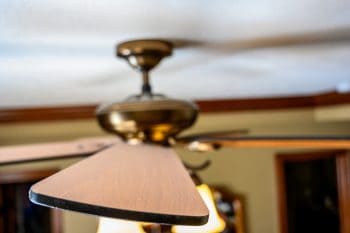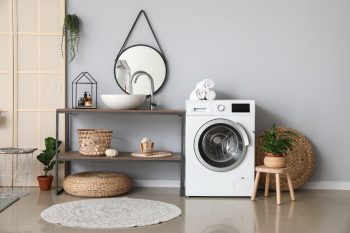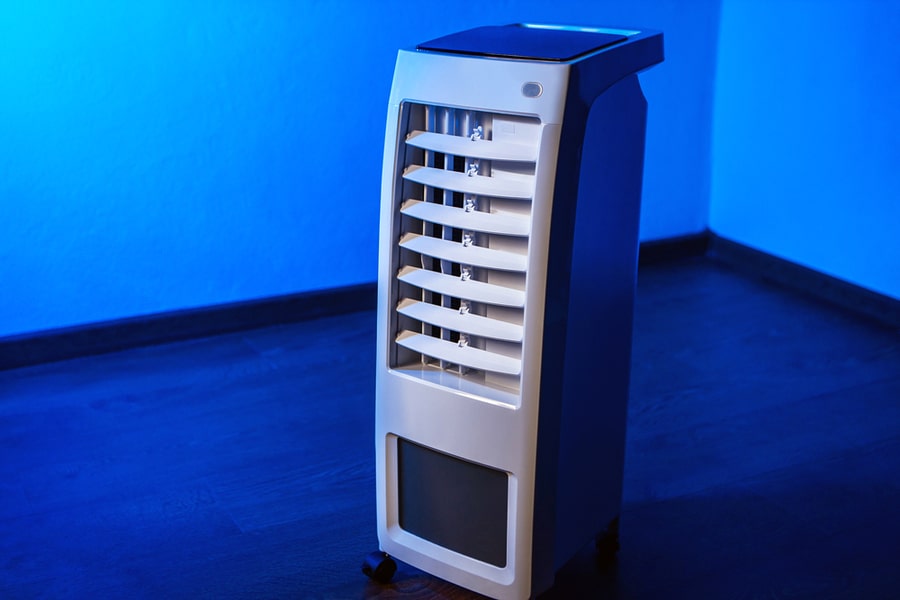
Portable air conditioners are ideal for cooling single rooms where installing a window, or central cooling system is not an option.
In addition to cooling indoor air, portable air conditioners help dehumidify the air. One of the most reliable and long-lasting portable AC brands is Midea.
However, even with the high quality of a Midea portable AC, at one point, your air-con might develop malfunctions like any other appliance. One common malfunction is water leakage from the AC unit.
You must fix a water leakage from your portable AC immediately after you notice it because if left alone, the leakage can cause your AC severe damage.
Luckily water leakage from a Midea portable AC doesn’t mean it’s beyond repair. Sometimes you might successfully stop the water leakage, but an HVAC technician can fix it where necessary.
- A Midea portable AC leaking water can be due to a damaged condensate pump, full drain tank, faulty float detector, dirty air filter, issues with the drain line, holes/cracks in the drain tank, or an improperly leveled AC.
- If left unattended, water leaking from a portable AC can enhance mold growth and inhibit bacteria in the AC, affecting indoor air quality.
- It is best to ensure regular cleaning and maintenance of your Midea portable AC to prevent it from leaking water.
This article explores the causes of water leakage from a Midea portable AC. We’ll also offer possible solutions and tips for preventing your AC from leaking water in the future.
Reasons Why Your Midea Portable AC Is Leaking Water
As the introduction highlights, in addition to cooling indoor air, a portable AC helps dehumidify it.
Midea portable air conditioners either have an automatic drain, a manual drain, or a self-evaporating model to remove the water from the dehumidification process. The self-evaporating model evaporates moisture out of the exhaust hose along with warm air; therefore, you don’t have to deal with condensate water.
An automatically draining portable AC drains itself via a drain hose, through gravity, or using a pump.
The water flows into a condensate tank for the manual drain portable AC, which you need to empty when the tank gets full. Regardless of your unit’s drain, if any aspect of the drain is faulty, it can result in the AC leaking water.
You must resolve the leaking water because failure to do that results in mold growth in the AC, making it hazardous to use, and it may cause the unit to break down permanently.
Some of the reasons that can cause your Midea AC not to drain the condensate water causing it to leak, include the following:
1. Damaged Condensate Pump
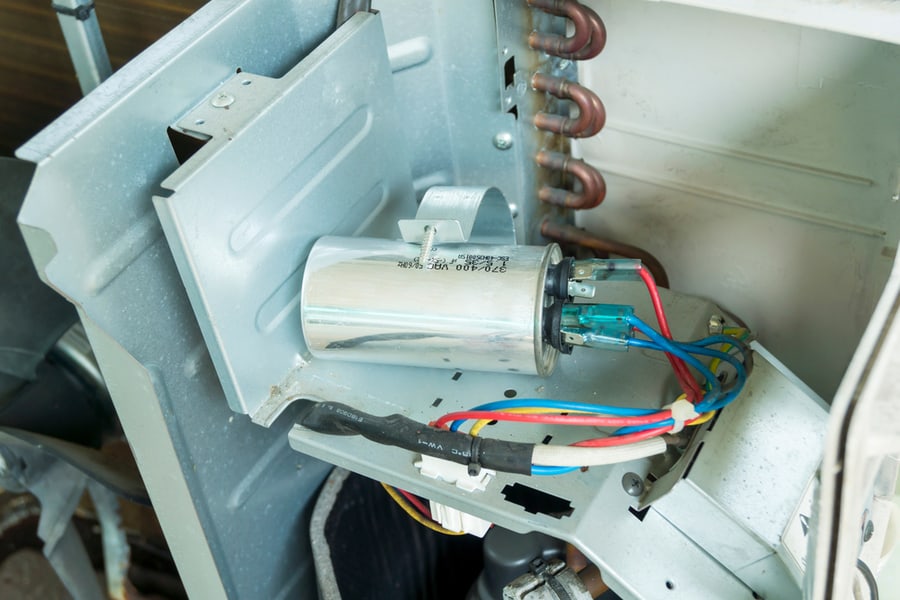
A condensate pump is found in a portable AC with an automatic drain. It is responsible for pumping condensate water out through a drain hose.
When the condensate pump is faulty, the condensate water will accumulate in the AC without an exit and eventually start leaking.
Only a skilled HVAC technician can repair or replace a damaged condensate pump.
2. Full Drain Tank and Faulty Float Detector

Manual drain portable air conditioners have tank-like containers which collect condensate water. When the tank is full, the AC has a float detector that stops the AC operation until you empty the drain tank.
If the float detector is faulty, it will not detect when the tank is full, and the condensate water will continue accumulating in the tank and eventually start leaking.
You must regularly pour out the contents of the drain tank, especially when the weather is humid. Otherwise, mold and bacteria may start growing in the unit, which can reduce the quality of your indoor air.
If you pour out the condensate water, but the AC leaks, you should investigate the issue further.
3. Dirty Air Filter
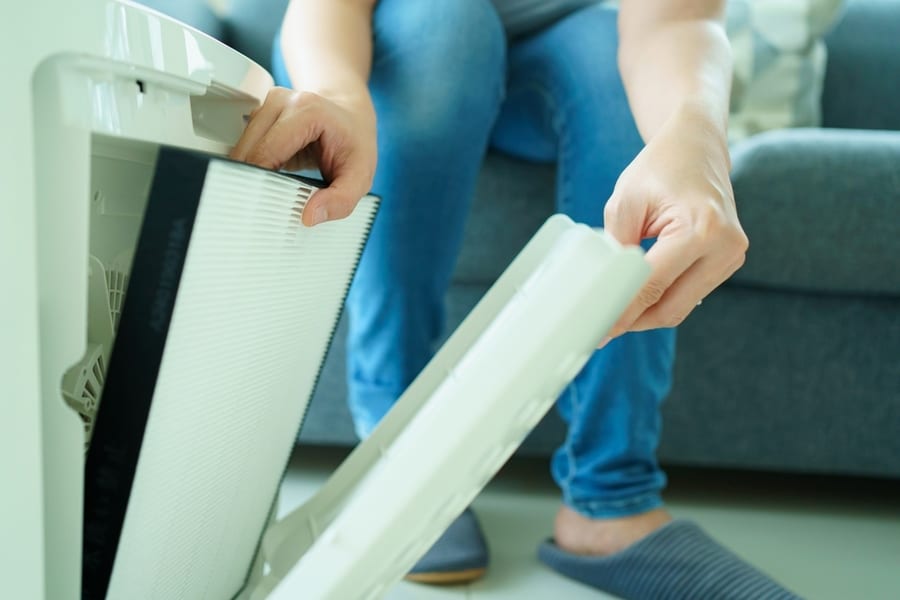
Like central and window AC units, portable air conditioners have air filters.
The air filters remove dust, bacteria, and pet hair from the air before they can be cooled and circulated back to the house. Unfortunately, over time, the filters can become caked with dirt restricting airflow over the evaporator coils for cooling.
When the AC is running, the evaporator coils may start freezing, and as this built-up ice melts, water starts leaking into the unit. As a result, you must clean or change the air filter every 30 -60 days. Simply follow the instructions in the user manual to change the air filter.
4. Issues With the Drain Line
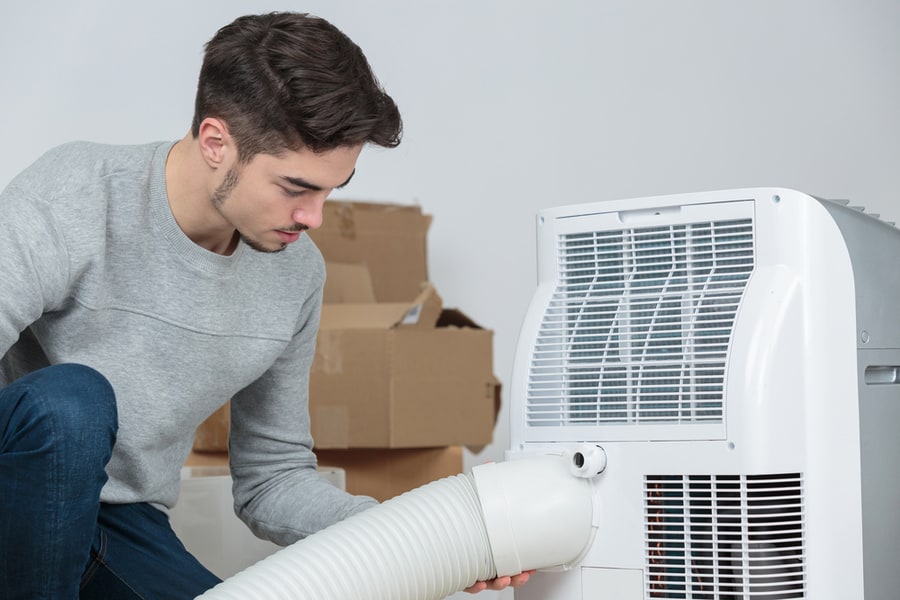
The drain line/ hose in a portable AC is the path the condensate water flows out through. If the drain line plug is loose, water can leak through it. Also, if the drain line is clogged by dirt, water will flow back into the AC and leak.
In addition, ensure that the drain line slopes downward if the AC doesn’t have a pump. If the drain line has an upward gradient, condensate water may flow back into the unit and leak.
If the plug is loose, consider tightening it until it seals completely. To clean the drain line, use a metal wire or a long stick to unclog the pipe.
Also, run hot water with a tablespoon of vinegar or bleach to kill any mold in the drain line.
5. Holes/Cracks in the Drain Tank

After prolonged use and moving the portable AC around, its drain tank can develop cracks or holes. Condensate water will inevitably leak through these cracks and holes.
Consider sealing or caulking the cracks or replacing the tank to stop the water from leaking.
6. Improperly Levelled AC
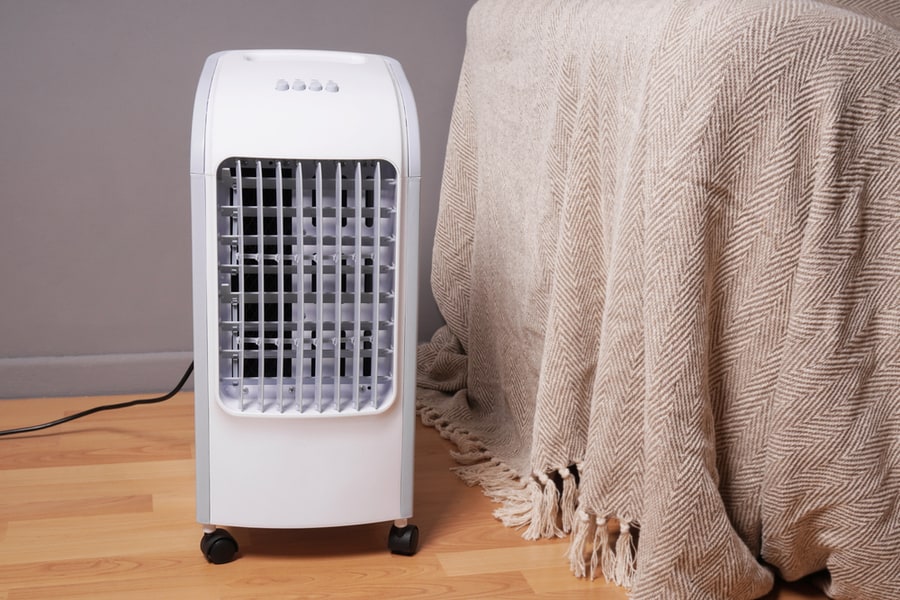
If your Midea portable AC is not leveled correctly on the ground, it can interfere with the float switch’s functionality.
Therefore, even when the condensate pan is full, the AC continues running, and the water in the condensate pan overflows and leaks. Consequently, leveling your portable AC on the ground would be best.
How To Prevent Your Midea Portable AC From Leaking Water
Water leaking from a portable Midea AC can damage the unit, reducing its useful lifespan. It also encourages mold growth and harbors bacteria, reducing air quality in your home.
After repairing your leaking Midea portable AC, you must find ways to prevent it from leaking again.
Some of the ways to achieve this are:
1. Ensure Regular Cleaning and Maintenance
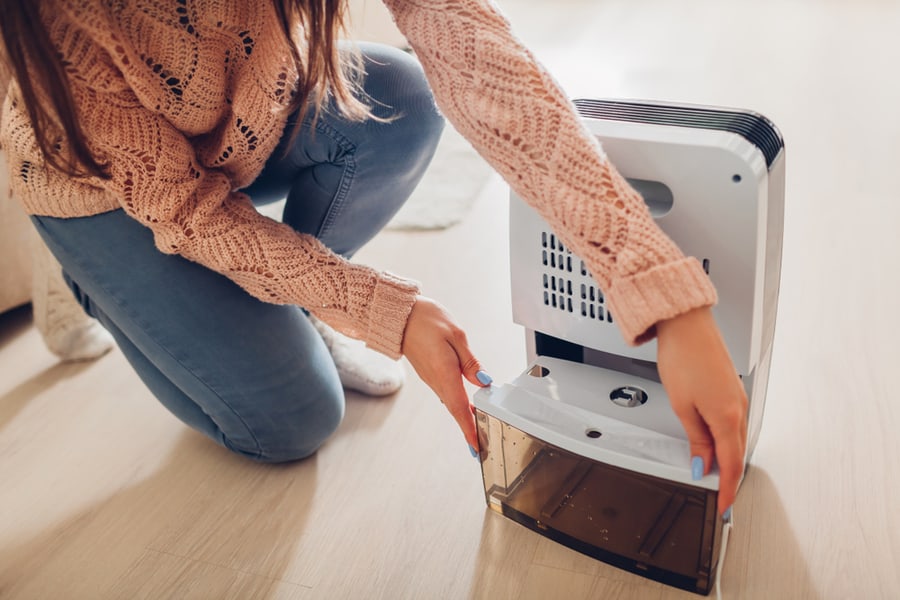
It will help if you schedule regular cleaning of your unit where you clean or replace the air filters and clean the drain line and drainage hose.
Also, if using a manual drain Midea portable AC, consider emptying the condensate tank/ pan often to avoid a situation where it’s full and starts leaking. Also, consider having the AC serviced by an HVAC technician annually to ensure it runs all summer efficiently.
2. Replace Leaking Parts

After identifying which part(s) of your portable AC is causing it to leak water, replace it instead of applying a temporary fix that might eventually fall apart and cause the unit to leak water again.
Luckily, you can buy most AC parts online or from most stores that deal in HVAC products.
Conclusion
If your Midea portable air conditioner is leaking water, you must investigate the cause of the leak.
Failure to promptly fix the issue leads to mold growth inside your unit which can negatively affect the air quality in your home. In addition, water leakage can cause permanent damage to the AC.
Ensure regular cleaning and maintenance and replace leaking parts to prevent your portable AC from leaking water. Consider contacting a skilled HVAC technician or Midea customer service if you try all the tips in this guide, but the leaking persists.
Frequently Asked Questions
Can I Use My Midea Portable AC When It’s Leaking Water?
Turning off your AC immediately after noticing it leaks water is best. Failure to do this can cause damage to the unit as water and electricity don’t mix well.
Also, keeping the unit running only increases the pool of water leaking from the AC.
Where Does Water Come From in a Portable AC?
Water in a portable AC comes from the air conditioner dehumidifying indoor air. Aside from cooling the air, a portable AC also removes moisture.
The moisture then condenses and collects in a condensate pan in the portable AC.








